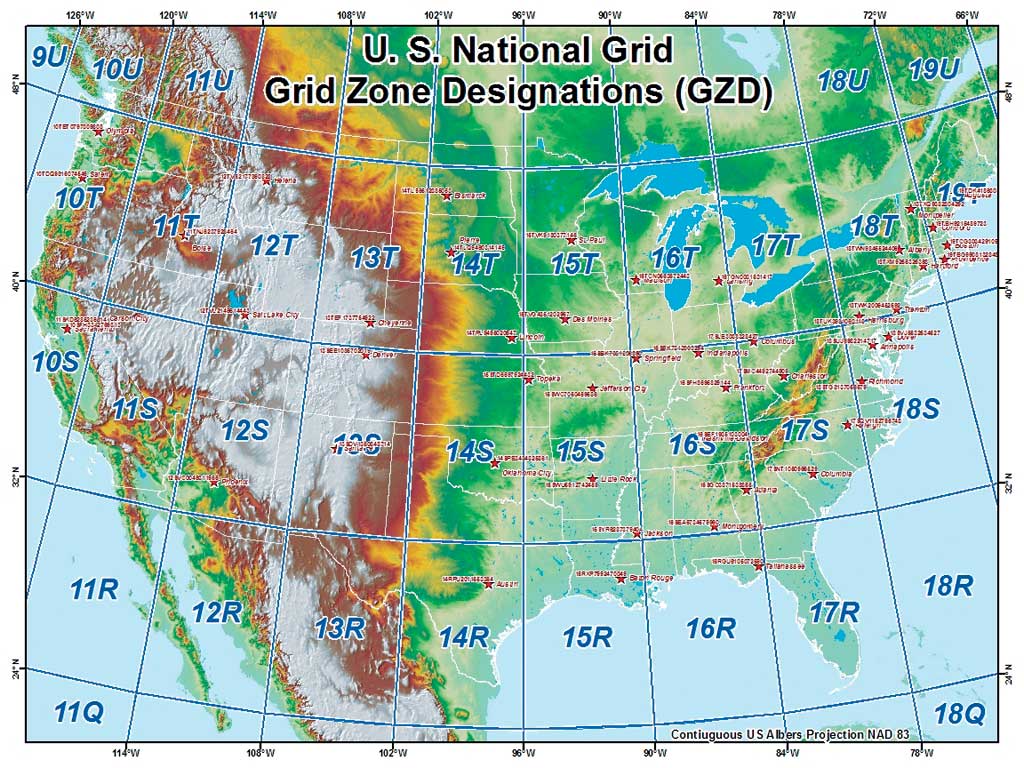
Introduction
The National Grid is an essential part of the UK’s energy infrastructure, playing a critical role in the distribution of electricity across the country. As the world moves towards a more sustainable energy system, understanding how the National Grid operates and its recent developments is increasingly important for consumers, policy makers, and environmentalists alike.
How the National Grid Works
The National Grid consists of a vast network of transmission lines, substations, and transformers that facilitate the transfer of electricity from power plants to homes and businesses. Managed by National Grid Electricity System Operator (ESO), it balances supply and demand in real-time to ensure that energy is available when needed. This requires constant monitoring and adjustment, especially considering the growing reliance on renewable energy sources such as wind and solar power.
Recent Developments
In 2023, the UK has seen an accelerated push towards decarbonising the electricity grid. According to the National Grid ESO, renewable energy sources constituted over 60% of the country’s electricity generation for the first half of the year. This shift not only reduces the carbon footprint but also necessitates modern upgrades to the grid infrastructure. For instance, a £1.5 billion investment plan aims to enhance transmission capacity and support the integration of renewable sources.
Furthermore, the National Grid has initiated several projects to boost grid resilience, including investments in energy storage technologies. With increasing demand and the intermittent nature of renewables, innovative solutions like battery storage facilities are becoming critical in stabilising the grid.
Challenges Ahead
Despite the progress, the National Grid faces several challenges. Aging infrastructure, rising electricity demand, and the need for greater interconnectivity with Europe pose substantial hurdles. Moreover, the potential for energy shortages during peak demand periods remains a concern, especially with the increasing influence of electric vehicles on energy consumption patterns.
Conclusion
The National Grid is a cornerstone of the UK’s energy landscape, evolving rapidly to meet the needs of a greener future. As the nation seeks to achieve its net-zero by 2050 target, the role of the National Grid will only increase in importance. For consumers, staying informed about these developments can provide insights into future energy costs and reliability. As investments continue to flow into renewable energy integration and infrastructure upgrades, the National Grid will play a pivotal role in shaping the UK’s sustainable energy future.
You may also like

The Importance of the National Grid in the UK

Leeds Train Station: A Key Transport Hub in the UK
